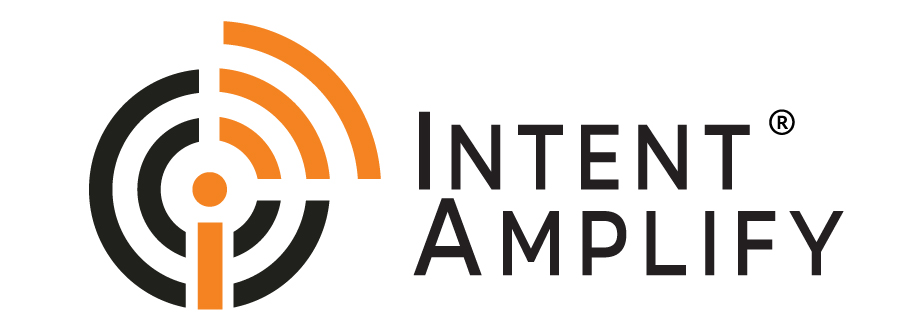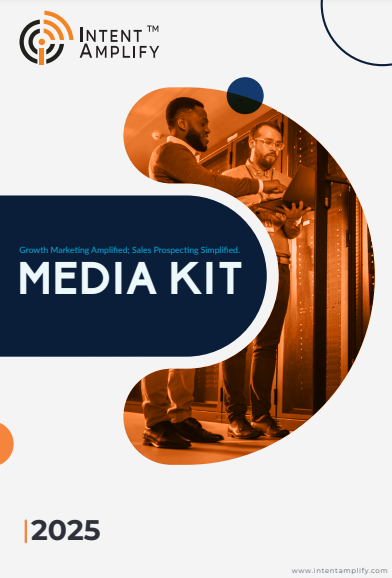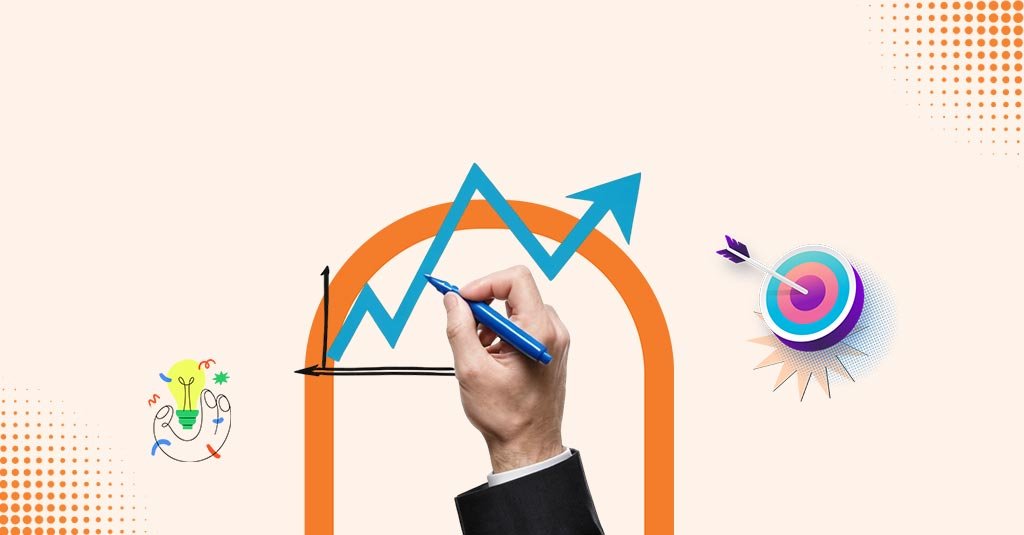
7 Zendesk Strategies That Changed Avon’s Employee Experience
- Last updated on: May 7, 2025
What does a beauty product giant know about brilliance in HR and employee experience? It turns out to be everything.
Ask Avon, and the answer would be a need for the right foundation.
While the brand is perhaps well-known and most famous for its international reach in direct-to-consumer beauty, in the background, it has been quietly overhauling another integral piece of its identity which is how it supports and empowers employees.
Every organization focuses on being employee-centric, and in an attempt to do so, their HR departments are flooded with tickets, requests, and burnout. In the midst of all these, Avon did something different. They didn’t simply roll out a tool. They redesigned how people engage with HR.
This listicle explores the top seven strategic tactics from automation to self-service. These strategies assisted in streamlining HR support, improving communication, and individualizing employee care.
Each tip is accompanied by actionable takeaways for businesses looking to follow in their footsteps.
1. Automated the Repetitive, Humanized the Complex
Avon focused on Zendesk’s automation concepts to manage FAQs, PTO requests, policy clarifications, and other routine questions. But they drew a firm line between what should be automated—and what shouldn’t.
Statistical Impact:
HR teams spend 40% of their time answering repetitive employee questions, according to a report from USI.com.
By having the daily tasks automated, Avon liberated its HR professionals to serve moments that truly require a human touch such as performance coaching or handling sensitive cases.
The Takeaway:
Automate for efficiency, not for evasion. Leverage macros, triggers, and workflows to liberate HR for what matters most: real conversations.
2. Centralized HR Help Center
Avon built a self-service portal with Zendesk Guide. This helped them to do away with scattered emails or Slack pings, It became the one-stop shop for anything from onboarding materials to benefits FAQs adding to employee experience.
Statistical Impact:
Organizations with strong self-service portals experience a 25% reduction in overall HR ticket volume as per Zendesk’s internal benchmarking.
The effect was evident as it enabled employees to break free of being ticket consumers and reliant askers, turning them into action-oriented problem-solving agents.
The Takeaway:
Act like product managers. Create simple HR self-service desks and help centers where people are able to repair issues themselves at any time.
3. Developed Customized Views for HR Team
Zendesk created customized views allowing Avon’s HR department to categorize and prioritize requests. The HR team could work by department, priority, or problem type providing immediate insight on what to tackle first.
This not only reduced response time but also cleared internal confusion, with each representative concentrating on the most applicable and high-impact cases.
Statistical Impact:
Filtering and re-directing employees’ requests correctly reduced HR ticket resolution time by as much as 30%, according to McKinsey.
An HRBP assisting Sales was saved on time to view every Logistics ticket. They viewed what was applicable and reacted sooner.
The Takeaway:
Noise filtering via intelligent views and tags that raise only the highest-priority requests enabling HR teams to focus, prioritize, and act with greater productivity.
4. Integrated Zendesk with Internal Tools Like Workday
Avon didn’t use Zendesk as a separate system. They integrated it with Workday to match employee profiles, job titles, and status updates. This brought it all together in one unified system. HR had access to correct, real-time information without switching between apps.
Statistical Impact:
According to Deloitte’s HR Tech Trends report, integration between HR support platforms and HRIS systems has a scope to improve response accuracy by 37%.
Result? A streamlined approach was established between systems searching for context.
The Takeaway:
Don’t isolate tools. Leverage HRIS data in your support processes for faster, smarter service.
5. Used Analytics to Spot Burnout Before It Spread
Zendesk Explore gave Avon the ability to track ticket volume, resolution times, and satisfaction scores. But here’s the clever part: they monitored which HR areas were overloaded—and hired or shifted resources accordingly.
Statistical Impact:
48% of HR professionals say they’re overwhelmed by the volume of support requests they handle weekly SHRM research, 2024.
The Takeaway:
Metrics are not only used for measuring support performance—they’re also an early warning system for People Ops, where they highlight workload imbalances, burnout dangers, and cracks in employee experience.
6. Facilitated Multilingual Support for Global Employees
With workers on several continents, Avon leveraged the multilingual functionality of Zendesk. This was more than translation it was about making all employees seen and heard in their own language.
Statistical Impact:
According to the Gallup Global Workforce Survey, 2023, 60% of workers worldwide indicate that HR communications are “less helpful” if they are not in their first language.
The Takeaway:
Talk their language to establish the connection. Remember, The HQ might be in New York, but your people are global. Providing multilingual support makes each employee heard, valued, and respected, no matter where they are. Accurate, real-time information—without switching between apps.
7. Built Feedback Loops Into Every Touchpoint
Each touch point—from onboarding support to exit interviews—was an opportunity to gather feedback. Avon leveraged Zendesk’s satisfaction scores and comment fields to create a living, breathing heartbeat of employee sentiment.
Statistical Impact:
Businesses that gather feedback from employees on a regular basis experience a 21% increase in retention (Qualtrics, 2024).
The Takeaway:
Feedback must not be once a year. Incorporate it into regular everyday interactions so workers feel heard and supported throughout the year.
Conclusion: Ready to Rethink Your HR Experience?
Avon didn’t merely update its HR support—they revolutionized it. With Zendesk, they took a reactive help desk and turned it into a proactive, people-centric experience engine. From automation and self-service to real-time analytics and multilingual support, every move was deliberate—and replicable.
FAQs
1. How did Zendesk help Avon to automate HR tasks?
Zendesk implemented automation features to manage day-to-day tasks. These helped Avon’s HR professionals spend more time on more complicated issues that need a human touch.
2. How did Avon increase its HR team efficiency using customized views?
Avon’s HR was able to sort requests by department, priority, and type of problem, resulting in a 30% decrease in ticket resolution time.
3. What are the advantages of the combination of Workday for Avon and?
Zendesk and Workday together simplified HR processes. This enabled real-time, accurate employee information. This resulted in quicker and more effective HR support.
4. How did Avon utilize analytics to save employees from burnout?
Avon tracked HR metrics. They maintained a pulse on important areas like ticket quantity and satisfaction scores to identify signs of burnout, enabling them to manage workload issues before they become larger problems.
5. What are the learnings from Avon’s HR approach?
Avon’s method of enhancing HR with Zendesk demonstrates how leveraging tools such as automation, self-service features, and real-time information can simplify support and provide a more positive experience for employees.
